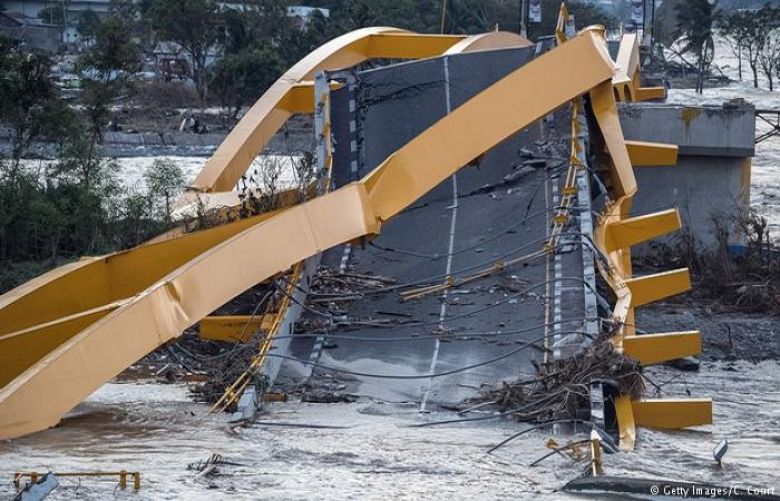Authorities have said they will soon call off the search for the over 5,000 still missing. At the same time, pupils and teachers have returned to school in the hard-hit town of Palu.
Indonesia authorities said on Monday that the death toll from the country's devastating earthquake and tsunami had climbed to 1,944. Officials have said that searches for more victims are likely to be called off later this week as hopes fade that more of the thousands still missing will be found alive.
Rescuers have been struggling to extract bodies from the hard-hit town of Palu. Many victims are thought to be stuck in the mud that was shaken loose by the earthquake and then swallowed whole neighborhoods in the tsunami. The government has said that some of these areas will have to be declared mass graves and left untouched.
As many as 5,000 are believed to be buried in the hard-hit communities of Balaroa and Petobo.
Relief efforts have been strained as the government and foreign NGOs attempt to reach the 200,000 people in desperate need of food, water and medicine. Some Indonesians living in more remote areas, where the full devastation has yet to be surveyed, have become entirely reliant on helicopter drops of supplies.
Students return to school
Life in Palu was returning somewhat to normal on Monday, however, as local children returned to school for the first time since the twin disasters struck on September 28. Teachers and pupils together swept up broken glass and cleaned debris from classrooms.
"We won't force the students to come back because many are traumatized. But we must start again soon to keep their spirits up and so they don't fall behind," said high school principal Kasiludin, who like many Indonesians, goes by a single name.
At the local middle school, less than 50 of its 697 registered students showed up on Monday.
Indonesia sits on one of the most tectonically active parts of the world, and is prone to earthquakes as well as occasional tsunamis and volcanic eruptions.







